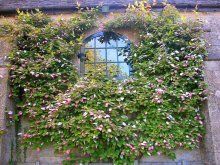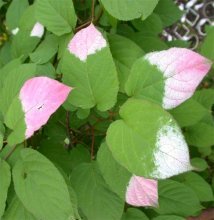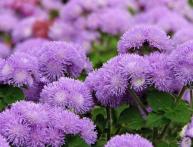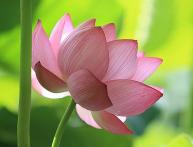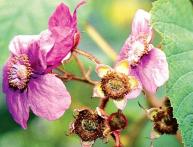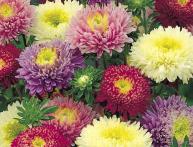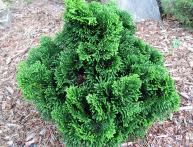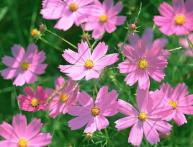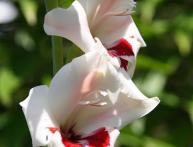Actinidia: care and beneficial properties

Actinidia kolomikta is a garden ornamental tree-like vine, the fruits of which have good taste and contain many useful substances.
Content:
Description of the plant
Actinidia kolomikta is a representative of the relict family of actinidia, often also called the Far Eastern or Amur gooseberry for the taste of the fruit. This plant is a close “relative” of kiwi (actinidia chinensis). Its homeland is the tropical forests of southern East Asia; in the middle zone, this liana-like shrub is cultivated as an ornamental and fruit plant.
The large heart-shaped leaves of actinidia have a bronze tint in the spring, then turn green, during the flowering period their tips become white, at the end - pink, and by autumn - crimson.
The shoots of the plant grow up to 7 meters in height, so it needs support. The flowers on this tree-like vine bloom in early summer and are white, pink and purple in color and fragrant. The fruits appear in August-September; in appearance they resemble kiwi, but usually do not exceed 2-3 cm in length and five grams in weight.

They appear 3-4 years after planting. Dark green berries do not ripen simultaneously, but within 20 days. They are very delicate, and if they are not removed in time, they will fall and break. The easiest way out of the situation is to collect unripe fruits and place them in a cool, shaded place to ripen.In the sun, berries can “cook” and become tasteless.
Actinidia: care and cultivation
Colomikts are used for planting seedlings No more than four years of age, an adult plant does not take root. Being a tree-like liana, this plant does not tolerate the proximity of large fruit trees, for example, apple trees, since it competes with them for water and light. It is best to place them on the south side of the house or fence, having previously placed a support (ladder, trellis), no closer than a couple of meters from other plants. The planting hole is made about half a meter deep, not counting the necessary drainage layer of sand, pebbles or broken bricks.
A mound of a mixture of soil with organic and mineral fertilizers is poured onto the drainage layer, and the seedling is placed on it so as not to deepen the root collar. Next, the plant is watered abundantly, its roots are covered and mulched with peat or humus.
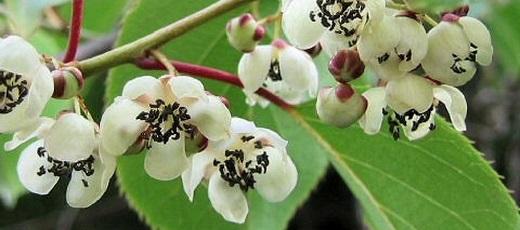
Kolomiktas do not tolerate liming, since in nature they grow on slightly acidic soils, and they need organic and mineral fertilizers every year, since these shrubs grow in one place for a long time (up to 50 years) and greatly deplete the soil.
Video: Actinidia care.
Like most vines, kolomikta prefers airborne moisture, so on hot days it is better to spray it in the morning and evening rather than water it. The soil under actinidia cannot be dug up; it should be loosened and weeded. In the second year after planting, the plant begins form, usually in the form of a fan. Pruning is carried out in the fall, after the leaves fall; in the spring, the kolomikta “cries”, secreting sap like birches, as a result, its vitality decreases and even death is possible.
It should be taken into account that actinidia is a dioecious plant, therefore, in the visible space, next to the female fruiting plant there should be a male individual.
This bush can be propagated using seeds and vegetatively (rooting of air layering, cuttings, grafting onto another vine). Seedlings bloom at about 5-6 years, seedlings - earlier. The harvest depends not only on proper care, but also on the weather during the flowering period. In warm, sunny weather, more ovaries appear.

Dots and spots on kolomikta leaves usually mean that the plant is infected with powdery mildew or another fungal infection; spraying with Bordeaux mixture and removal of affected leaves. Young plants should be protected from small rodents and cats; they cannot harm adult plants.
Beneficial features
Unlike the fruits of most other plants, the berries of Actinidia kolomikta ripen faster in the shade. This is due to the presence of a large amount of ascorbic acid in them, which accumulates faster when the plant is protected from the sun.
It is enough to eat just a couple of berries to get the required daily dose of vitamin C.
They also contain pectin and tannins, sugars, fruit acids, provitamin A and vitamin P. The fruits of kolomikta, like other representatives of this genus, contain a specific substance actinidin, which facilitates the digestion of meat and dairy products.
Video: The healing properties of actinidia.
It is this substance that attracts cats so much that they chew off the branches of young plants. ethnoscience uses kolomikta fruits to treat bronchial asthma, uterine bleeding, anemia and tuberculosis, and also as an analgesic and anthelmintic.

